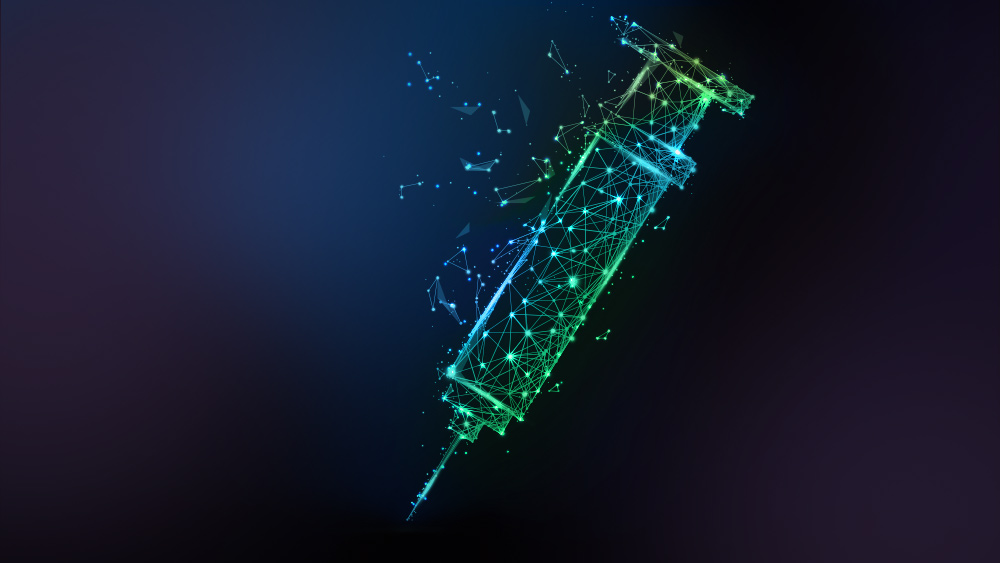Researchers working to develop electronic nose device to instantly detect the release of harmful toxins into the environment
05/29/2019 / By Edsel Cook

An intra-European research team is hard at work designing the newest iteration of “electronic noses.” The final version of their gas sensor will be sensitive enough to detect minute traces of industrial air pollutants in the environment.
INITIO is an international research project of the European Union’s Horizon2020 FET-OPEN. Supported by the European Commission with initial funding of $3.24 million, the project brings together some of the best minds from five different countries and half a dozen universities, including Tallinn University of Technology (Tal Tech). Also supporting them are experts from Interspectrum OU, an Estonia-based company which manufactures optical and infrared spectroscopy instruments, as well as an Italian company.
The centerpiece of the project is Tal Tech’s “receptor molecules” technology. Supramolecular chemistry researchers from the Estonian university’s School of Science have been working on a new group of molecules that can serve as artificial equivalents of the receptors in the noses of animals.
Each receptor molecule is designed to look for a specific industrial pollutant, such as a pesticide or herbicide that harms the environment and living things. Upon detecting the contaminant, the molecule will emit a signal, alerting the user to the presence of the toxic substance.
The final version of the Tal Tech electronic nose will be portable. The device will identify the presence of specific pollutants, and the facility can apply the right treatment method to remove the toxin before releasing the clean air into the atmosphere. (Related: Will wonders never cease: Specially trained dogs alert their diabetic owners if their blood sugar is too low.)
Sponsored solution from CWC Labs: This heavy metals test kit allows you to test almost anything for 20+ heavy metals and nutritive minerals, including lead, mercury, arsenic, cadmium, aluminum and more. You can test your own hair, vitamins, well water, garden soil, superfoods, pet hair, beverages and other samples (no blood or urine). ISO accredited laboratory using ICP-MS (mass spec) analysis with parts per billion sensitivity. Learn more here.
Think of chiral molecules as the chemical equivalent of Star Trek’s evil mirror universe
“Dealing with pollutants in the environment is becoming an ever-increasing problem,” explained Tal Tech researcher Riina Aav, one of the co-authors of the study. “One relatively unknown reason for this is that many agricultural pesticides and pharmaceutical drugs that enter the environment are ‘chiral’, which means they exist in two non-superimposable forms (like left and right hands).”
The chirality of a molecule can frustrate the best efforts of pollution control technologies. Existing detectors are not designed to detect chiral molecules. In a similar vein, conventional treatment methods cannot remove the mirror-image pollutants from the medium.
Once they get discharged into the environment, chiral substances can cause significant problems. One of the chiral forms can have higher toxicity or superior sturdiness than its mirror-image molecule. As such, a treatment technique that works on one pollutant may not work on its chiral partner despite their similarity.
Chiral molecules see extensive use in herbicides, fungicides, and pesticides. Alternative aerosol propellants and refrigerants, dyes, and pharmaceutical drugs are some of the other products that rely on chiral compounds.
The receptor molecules of future electronic noses can detect chiral molecules
The first task for the INITIO research consortium is to come up with receptor molecules that can recognize individual pollutants. Then they will integrate the new molecules into tiny structures.
The completed “chemical noses” will be small enough to be deployed in the field. They will serve as electronic bloodhounds that can track down difficult-to-detect chiral molecules. Users can then apply the correct treatment method to remove and destroy the pollutants.
“Our research group will build the receptor-molecules for these chemical noses. We will make container molecules, the ‘hemicucurbiturils,’ which were recently developed in the project funded by Estonian Research Council,” explained Tal Tech researcher Aav. “Our researchers will also build chiral molecular systems with recognition and signaling functions to flag the presence of specific pollutants, e.g. through changing colour.”
By the time INITIO ends in 2021, the project will hopefully complete its electronic nose. Then there will be no escape for the chiral molecules.
Sources include:
Tagged Under: air pollutants, breakthrough, chemicals, Chemistry, chiral molecules, Ecology, electronic nose, environ, environment, future tech, goodtech, innovation, inventions, science and technology, smart devices, toxic chemicals, toxins



















